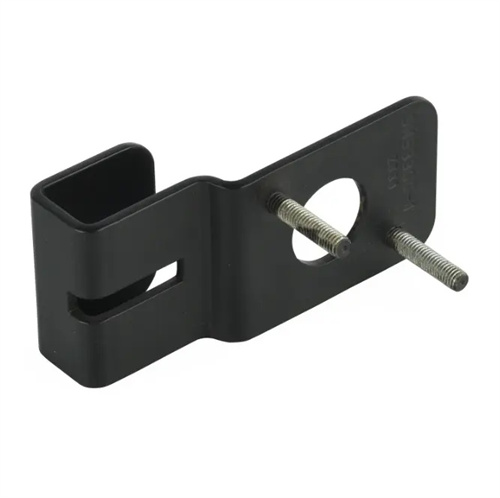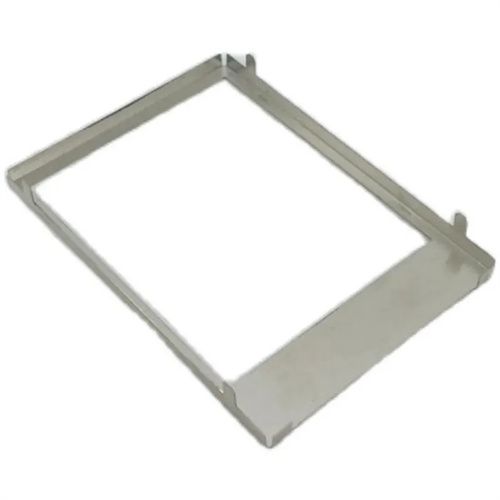Internal thread seamless steel pipe for high pressure boiler
Internally threaded seamless steel pipes for high-pressure boilers feature spiral ridges on the inner wall. They are primarily used in the water-cooled wall systems of high-pressure boilers. The internal thread structure enhances fluid turbulence within the pipe, improving heat transfer efficiency and preventing film boiling. They are key components for ensuring the safe and stable operation of high-pressure boilers. They typically have an outer diameter of 22-63.5 mm, a wall thickness of 3-10 mm, a thread depth of 0.2-0.5 mm, and a pitch of 2-5 mm. They are typically made from alloy structural steels such as 20G, 15CrMoG, and 12Cr1MoVG. Some ultra-high-pressure boilers use austenitic stainless steels such as TP347H to meet the mechanical properties and oxidation resistance requirements of high-temperature and high-pressure environments.

The production process for internally threaded seamless steel pipes for high-pressure boilers requires precision processes including billet preparation, piercing, hot rolling (or cold rolling), internal thread forming, heat treatment, and finishing. First, high-quality continuously cast round billets or forged billets are selected, with strictly controlled chemical composition. For example, 12Cr1MoVG steel has a chromium content of 1.00%-1.50%, a molybdenum content of 0.25%-0.35%, and a vanadium content of 0.15%-0.30%, ensuring high-temperature strength and oxidation resistance. The billet is heated in a ring-shaped heating furnace to 1200-1280°C and held for 2-4 hours to ensure uniform heating and avoid decarburization and overheating. The piercing process uses a cross-rolling piercer to punch the billet into a rough tube. The piercing temperature and roller speed are controlled to ensure uniform wall thickness and an ovality of ≤1%. Internal thread forming is a core process, utilizing a dedicated internal thread rolling mill. A threaded mandrel and external rollers work together to create spiral ridges on the inner wall of the steel pipe. During the forming process, the rolling force and feed speed are carefully controlled to ensure thread dimensional accuracy, with a depth tolerance of ≤±0.03 mm and a pitch tolerance of ≤±0.1 mm. Heat treatment utilizes a normalizing and tempering process. Alloy steel pipes are normalized at 900-980°C and tempered at 720-760°C. The holding time is determined by the wall thickness (1-1.5 minutes per mm). This ensures a uniform pearlite and ferrite structure, ensuring stable mechanical properties. Finally, non-destructive testing (ultrasonic testing and eddy current testing), hydrostatic testing (test pressure ≥ 2 times the design pressure), and dimensional accuracy inspection are performed to ensure product quality.

The performance advantages of internally threaded seamless steel pipes for high-pressure boilers enable them to adapt to the harsh working conditions of high-pressure boilers. First, 12Cr1MoVG steel pipes offer excellent high-temperature mechanical properties. Their yield strength at 580°C is ≥180MPa, and their tensile strength is ≥440MPa. These pipes can withstand the high pressures (≥10MPa) and high temperatures (≥450°C) experienced during boiler operation. Second, they offer efficient heat transfer. The internal thread structure creates a strong disturbance within the pipe, destroying the boundary layer and improving the heat transfer coefficient by 30%-50% compared to bare pipes, effectively preventing overheating of the pipe wall. Third, they offer excellent oxidation and corrosion resistance. Alloying elements form a dense oxide film, achieving an oxidation rate of ≤0.1mm/year in high-temperature flue gas environments and resisting corrosion from boiler water. Fourth, they offer high structural stability. Through appropriate heat treatment, the pipes are less susceptible to pearlite spheroidization and alloy element precipitation during long-term high-temperature operation, resulting in a service life exceeding 100,000 hours. Fifth, they offer precise dimensional and shape accuracy, with an outer diameter tolerance of ≤±0.3mm and a wall thickness tolerance of ≤±10%. The consistent internal thread dimensions ensure optimal assembly and heat transfer.

In application scenarios, internally threaded seamless steel pipes for high-pressure boilers are core components of power station boilers. In subcritical boilers (pressure 16-19 MPa, temperature 540-560°C), the water-cooled wall system makes extensive use of 20G and 15CrMoG internally threaded steel pipes with an outer diameter of 32-42 mm and a wall thickness of 4-6 mm to ensure sufficient heat absorption by the working fluid. In supercritical boilers (pressure ≥22.1 MPa, temperature ≥593°C), the water-cooled wall system uses 12Cr1MoVG or TP347H internally threaded steel pipes with an outer diameter of 25-38 mm and a wall thickness of 5-8 mm to meet higher parameter requirements. In ultra-supercritical boilers (pressure ≥25 MPa, temperature ≥600°C), new austenitic stainless steel internally threaded steel pipes such as Super304H and HR3C are used to resist high-temperature oxidation and creep. In the industrial boiler field, the water-cooled walls of medium and high-pressure industrial boilers also use internally threaded steel pipes to improve thermal efficiency and reduce the risk of scaling. In nuclear power units, the residual heat removal systems of some reactors use internally threaded steel pipes to enhance heat transfer reliability.

Industry trends indicate that seamless internally threaded steel pipes for high-pressure boilers are moving toward higher specifications, longer lifespans, and superior performance. Research and development of new alloy steel pipes suitable for the higher temperatures of ultra-supercritical boilers (620-650°C) is accelerating, including nickel-based alloy steel pipes, which maintain a yield strength of ≥250 MPa at 650°C. Optimizing the internal thread structure (e.g., variable pitch and depth) further improves heat transfer efficiency by 10%-15% while reducing flow resistance. Advanced heat treatment processes (e.g., time-controlled and temperature-controlled quenching) enhance structural stability and extend service life to over 150,000 hours. Intelligent production technologies are being promoted, including automated systems for online thread dimension detection and ultrasonic flaw detection, ensuring a product qualification rate of ≥99.5%. Green manufacturing processes are being implemented, reducing unit energy consumption by over 20% through waste heat recovery and waste slag utilization. As the power industry evolves towards higher efficiency and cleaner operation, demand for high-performance seamless internally threaded steel pipes for high-pressure boilers will continue to grow, driving the industry to achieve greater breakthroughs in material research and development and process innovation.
